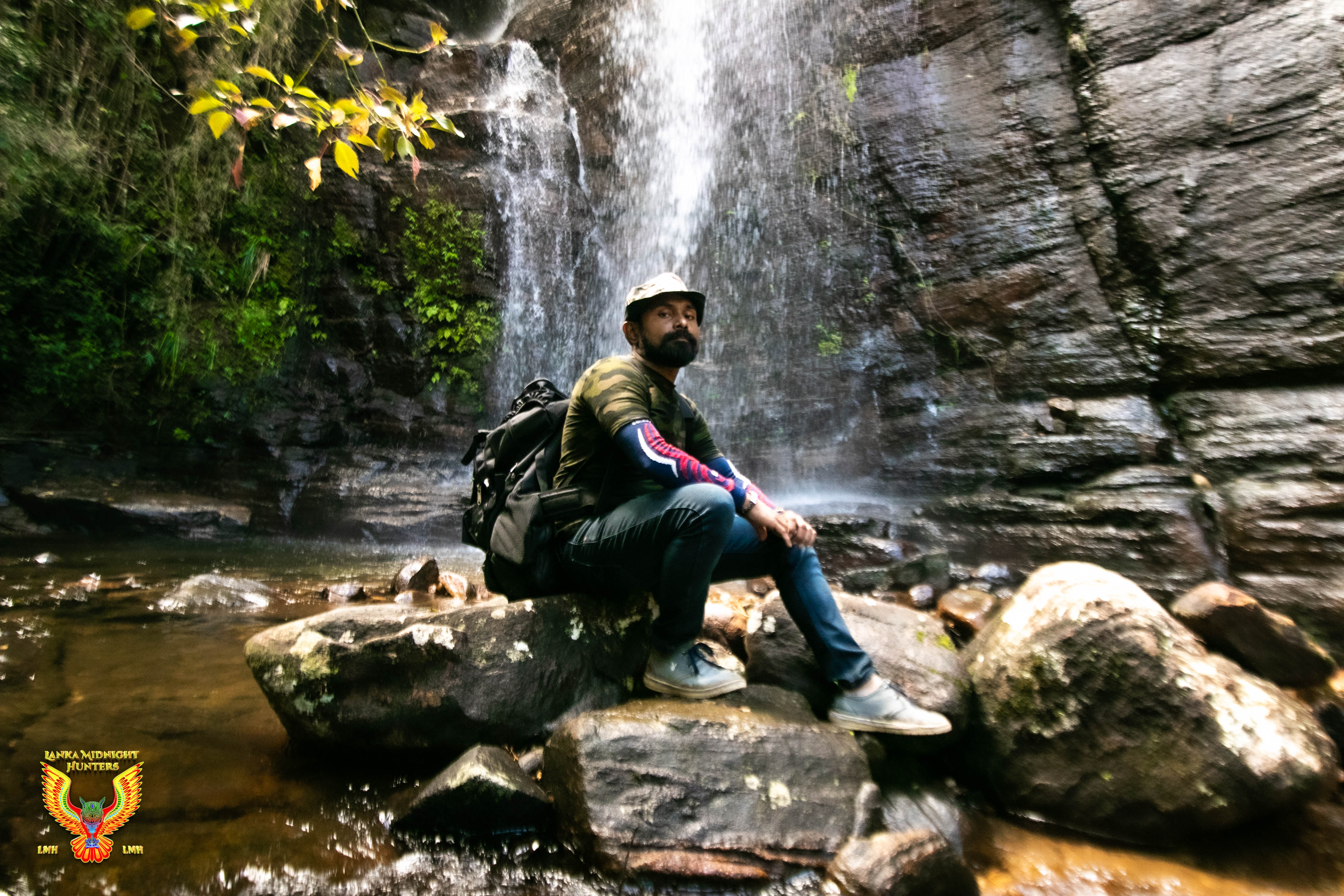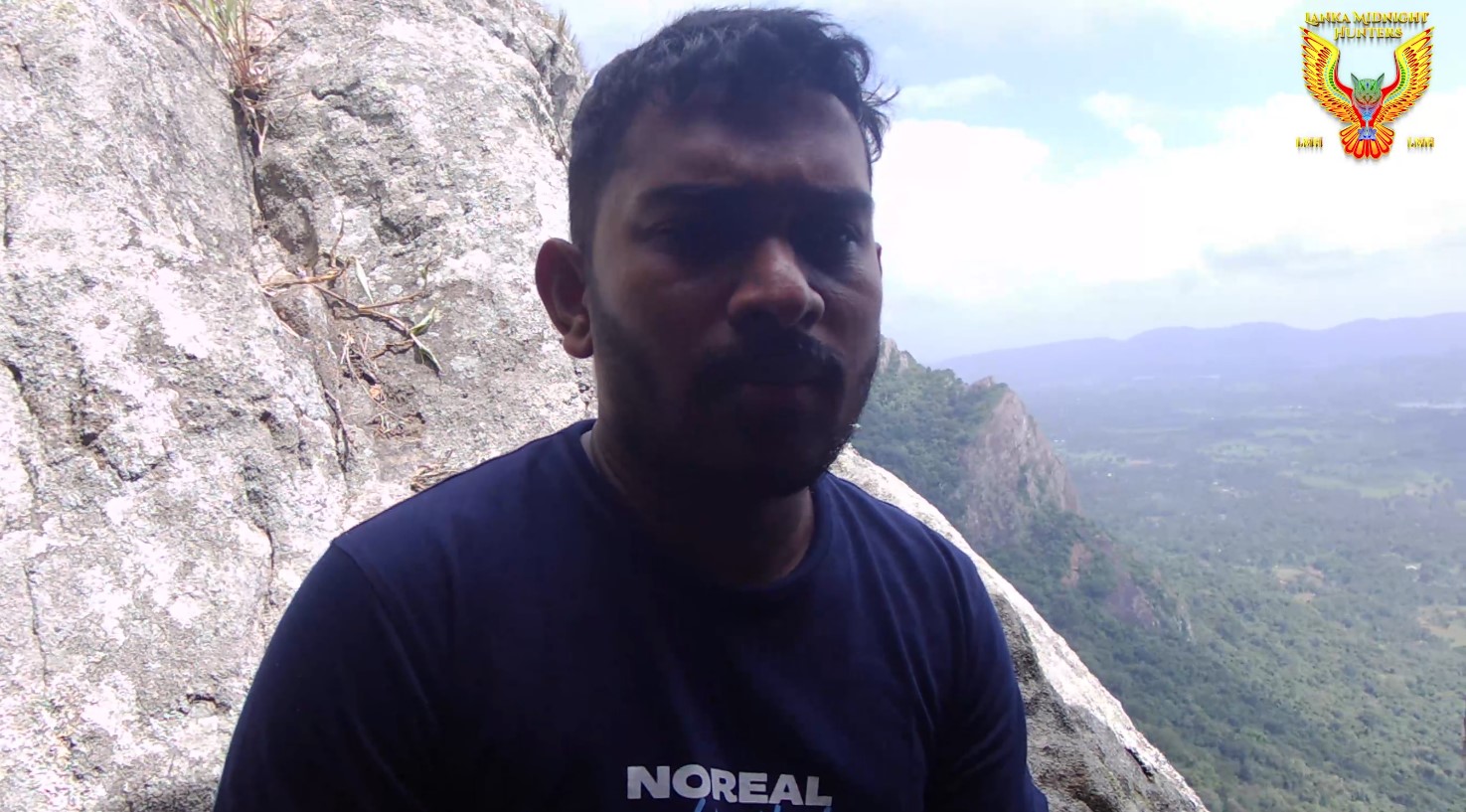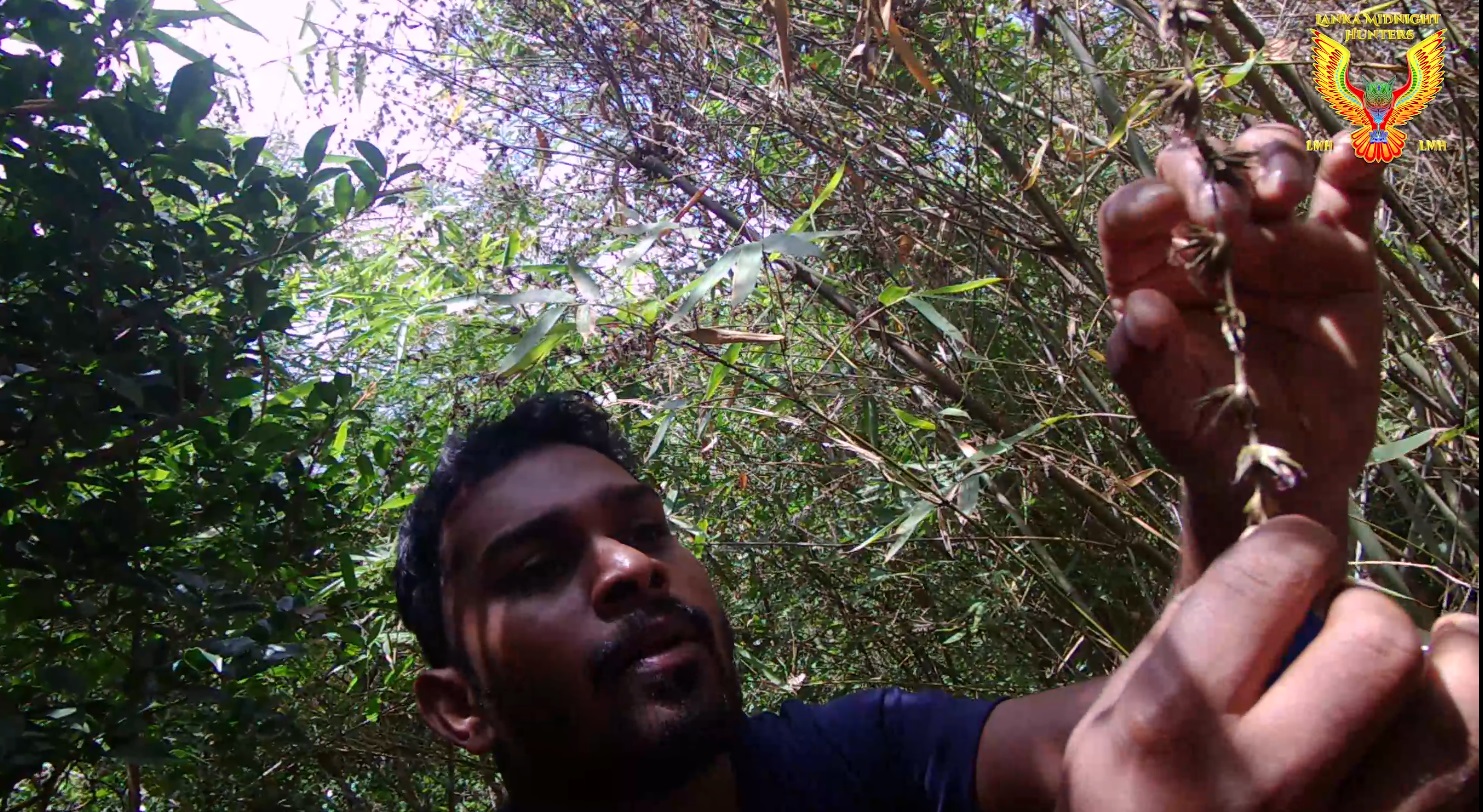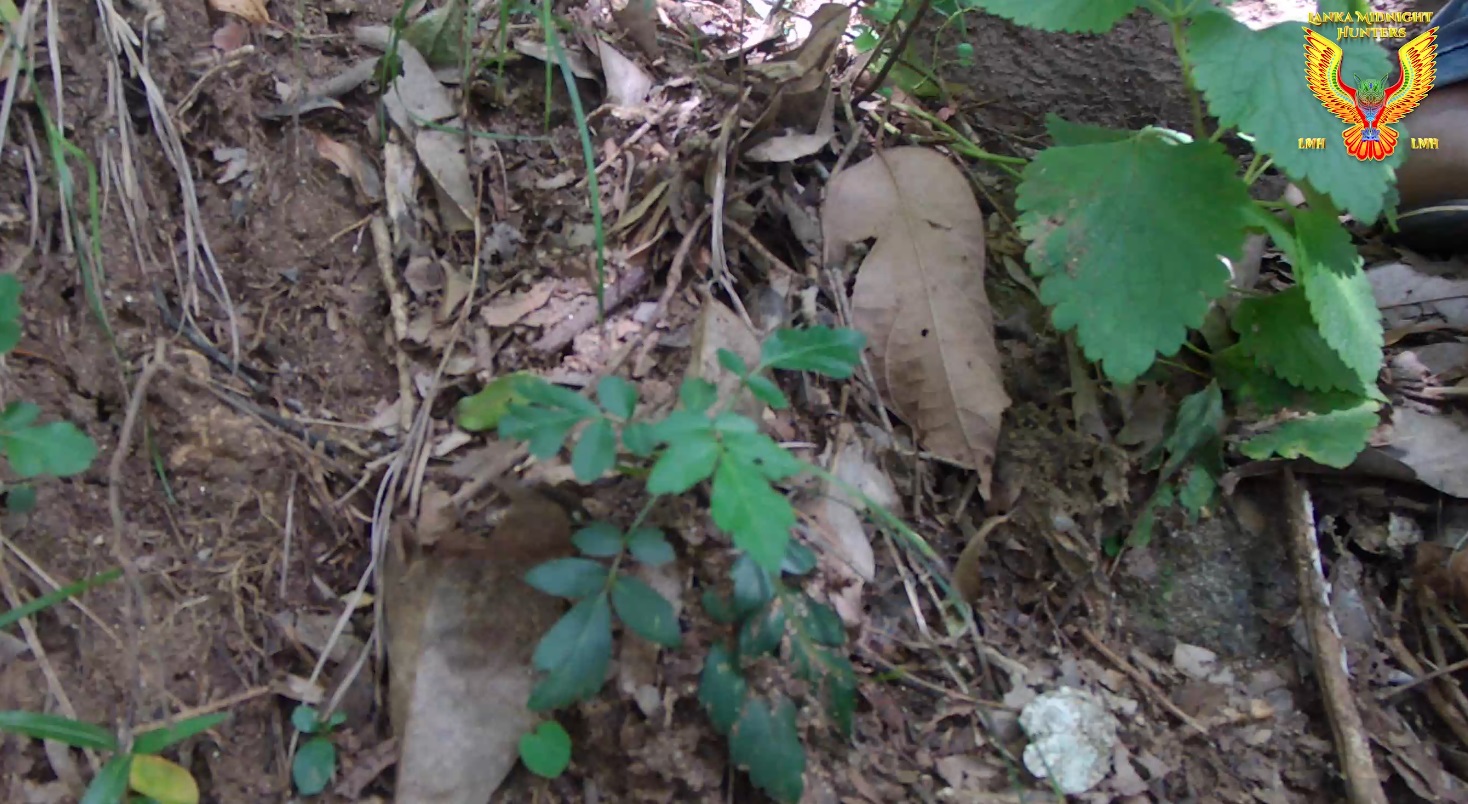
Contributor

Galkoth Kanda (Article 04)
If we talk about Galkot hill, we will know what types of plants are there. The big trees are palu, veera, cone, madam, mora, Wood has its own value, teak, satin, Kalu mediriya, Kalu, stone, If there are several types of trees unique to this province with medicinal value, there are diyalab trees and diyalab vines, many adult vines, varieties with medicinal value, especially if we say the old, Panam Peti, the most valuable plant in Sri Lanka, Bim Kohomba can be seen on the top of the mountain in this environment.

Galkoth Kanda (Article 04)
In this forest, you can see several kinds of orchids Namely Narilata orchids can be seen almost everywhere in this forest. This system can see several types of Unagas unique to the environment. These trees are common Unagas are a type of grain. There is a special type of Unagas that is called a type of rice. When these paddy boxes are removed, it becomes a kind of unagas that can be eaten with great nutritional value. When these trees are taken, those trees grow only for one time, just as those trees' time ends and they are destroyed. Seeds sprout at the same time. The forest where the Galkot mountain is located is an ecosystem with such a large community of plants.

Galkoth Kanda (Article 04)
It is correct to say that different species of animals live in this environment. There are several animals that are unique to this region. In fact, most of the wild elephants, wild animals live around the lake or the forest. This forest is an environment where tigers live in large numbers. If we say that there are very large tigers here, we are sure. It is a paradise for other animals such as mountain leopards, wildebeest, adun leopards, wildebeests, Rila, several bulls and deers, and animals like meeminna and foxes like Unahapulua. The most venomous reptiles are found in the forest of the normal dry zone. When picked up in the forest, non-venomous pythons and leaf bears, and several non-venomous reptile species are killed. Several different types of birds live in this forest and several different birds migrating from foreign countries can be seen at different times and those different types of birds come to photograph foreign countries and in Sri Lanka's good photography zones at different times with the permission of the Forest Department Sri Lanka. See you next week. Thank you.